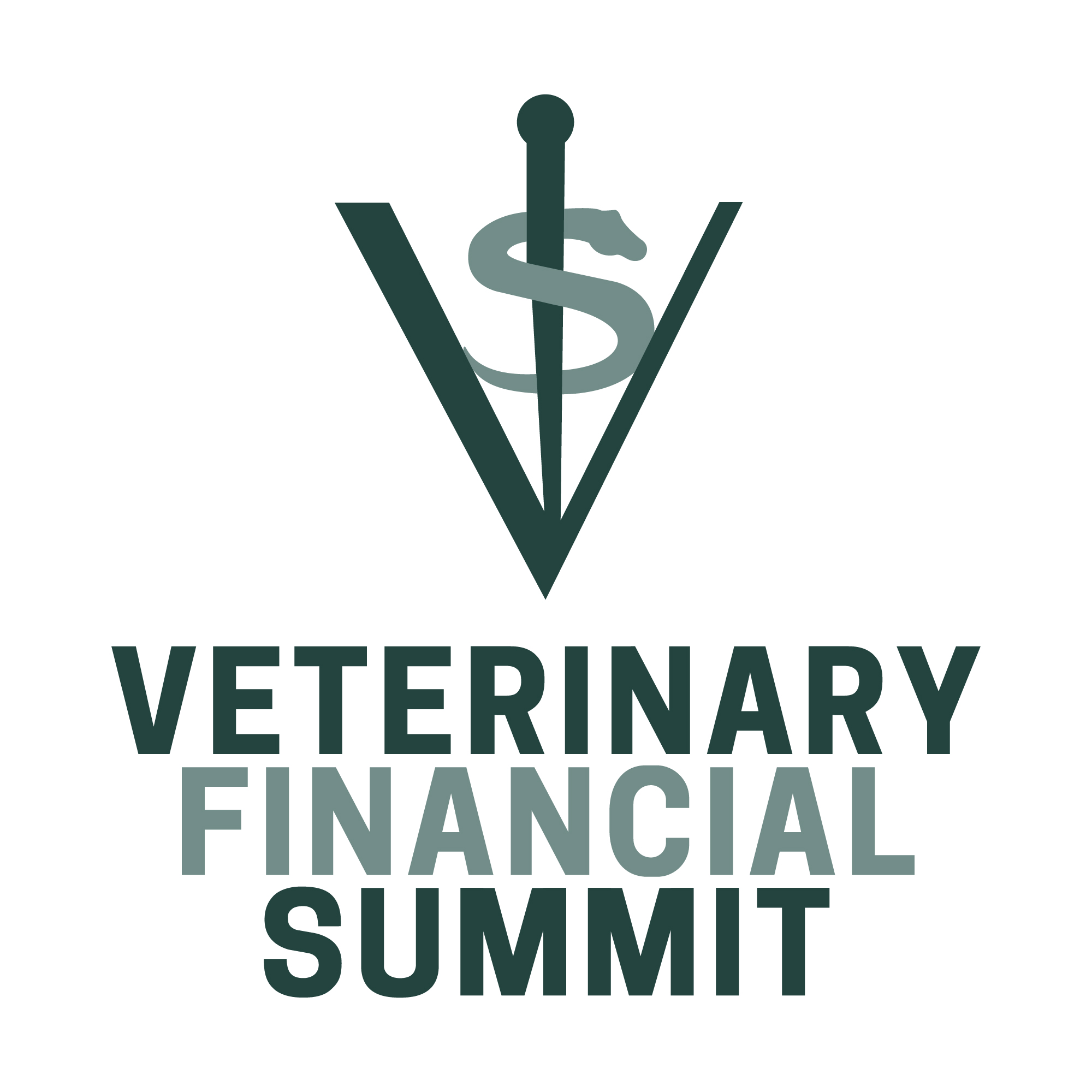Conquer Your Debt with the Snowball Strategy
Surely you’ve heard the classic joke that nothing in life is certain except for death and taxes. Well, so is the never-ending flow of loan statements, month after month. Whether you’re a student, a new grad or a practice owner, it can be utterly overwhelming.
Virtually all veterinary professionals have some form of debt, including student loans, practice loans, equipment loans, and maybe a line of credit.
In addition, they may have personal debt such as a mortgage, car loan(s) and credit card balances.
Granted, there is “good debt” and “bad debt,” but how do you get it all paid off?
Over the next 5 weeks, we will discuss different strategies to eradicate debt. Even if you’re using income-driven repayment for your student loans, these strategies may be helpful for paying off consumer debt. Today, let’s tackle the debt snowball.
What is the debt snowball?
The snowball technique focuses on methodically paying off smaller debts first. It could be credit cards, loans from family, or veterinary bills.
With the debt snowball, you pay the smallest balance first, then the next largest, and so on and so forth, regardless of the interest rate. From small to medium to large. Like a snowball rolling down a hill, you build momentum with every debt you pay off.

It’s liberating to see the number of statements shrink over time. Slowly but surely, you can tackle larger debts with more confidence… and financial ammunition.
Why more financial ammunition? Because the money you don’t have to use to repay the smallest loans, can now be redirected toward paying the larger debts.
How to get organized
- To begin the debt-eradication process, place all of your statements on a table.
- Let’s say you only have 3 debts (lucky you!).
- Prioritize them from lowest amount to highest amount: debt A is the smallest balance, debt B is the middle balance, and debt C is the largest balance.
- Do not worry about the interest rate.
- Calculate how much you can allocate (total) each month to repay the three debts.
- Plan on making the minimum payment for debts B and C.
- Whatever money you have left after your minimum payments are paid, you allocate to pay debt A.
Once debt A is paid off, debt B becomes your next victim. Like a snowball getting larger as it rolls downhill, you now apply the payment from debt A (which has been paid off) toward debt B, in addition to its minimum payment. And the process continues.
How about an example?
Let’s assume you have 3 debts:
- Debt A: $500 veterinary bill – minimum payment is $50
- Debt B: $2,500 credit card debt – minimum payment is $63
- Debt C: $7,000 car loan – minimum payment is $135
Assume you can allocate a total of $700 to debt repayment each month.
In our example, in month 1, you would pay:
- $63 toward the credit card debt.
- $135 toward the car loan.
- $500 toward the vet bill ($700 – $63 – $135 = $502).
So in one month, you’ve eliminated your smallest debt, debt A.
Congrats!
Now go crazy, celebrate and buy yourself a large coffee with the extra $2!
This means that you can reallocate your funds to tackle debt B.
In month 2, you still have $700 to repay debts, but you don’t need the $50 minimum payment for the vet bill.
So in our example, in month 2, you would pay:
- $135 toward the car loan (still pay the minimum amount required).
- $565 toward the credit card debt ($700 – $135 = $565) instead of the $63 minimum payment.
Once debt B is paid off, then all $700 can go toward repaying the car loan (debt C).
To make it easier on you, there are many online calculators, such as this one:
https://www.nerdwallet.com/blog/finance/debt-snowball-calculator/
The snowball method can be very encouraging if you consider debt as undefeatable. By systematically paying off small debts first, and rolling those payments over into the larger ones, you progressively increase the amount you can pay with each eliminated debt.
This technique helps build confidence. Slowly, over time, your debt seems more and more manageable, until you are debt free.
Phil Zeltzman, DVM, DACVS
Meredith Jones, DVM
Co-Founders of Veterinary Financial Summit
Interested in learning more about $$$?
Subscribe to the Blog
Join the Community
Attend the Summit
Learn about the Mastermind
